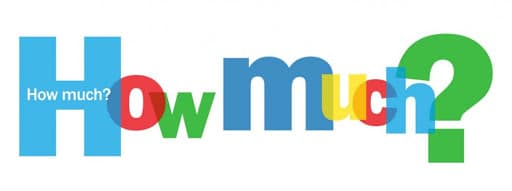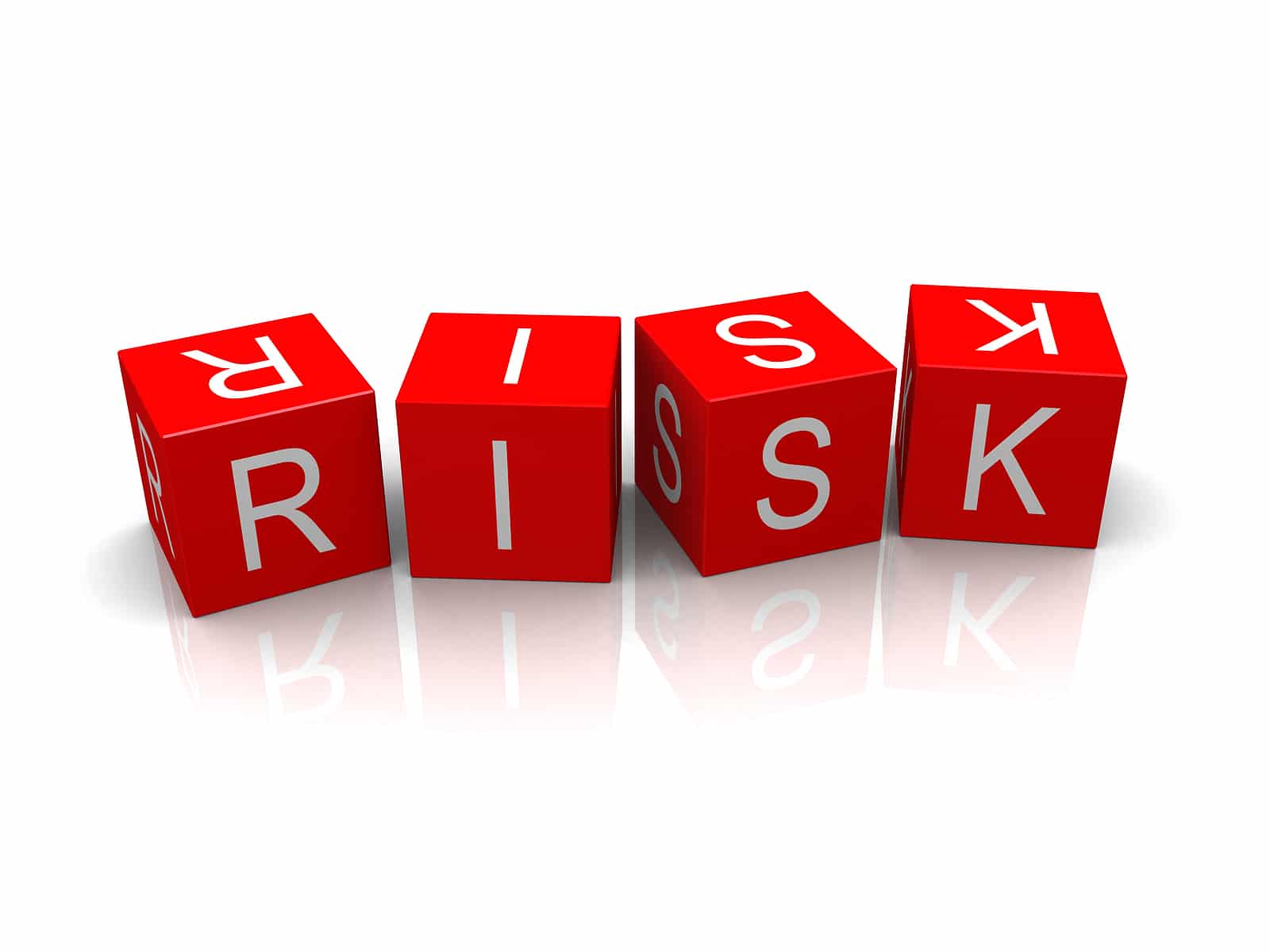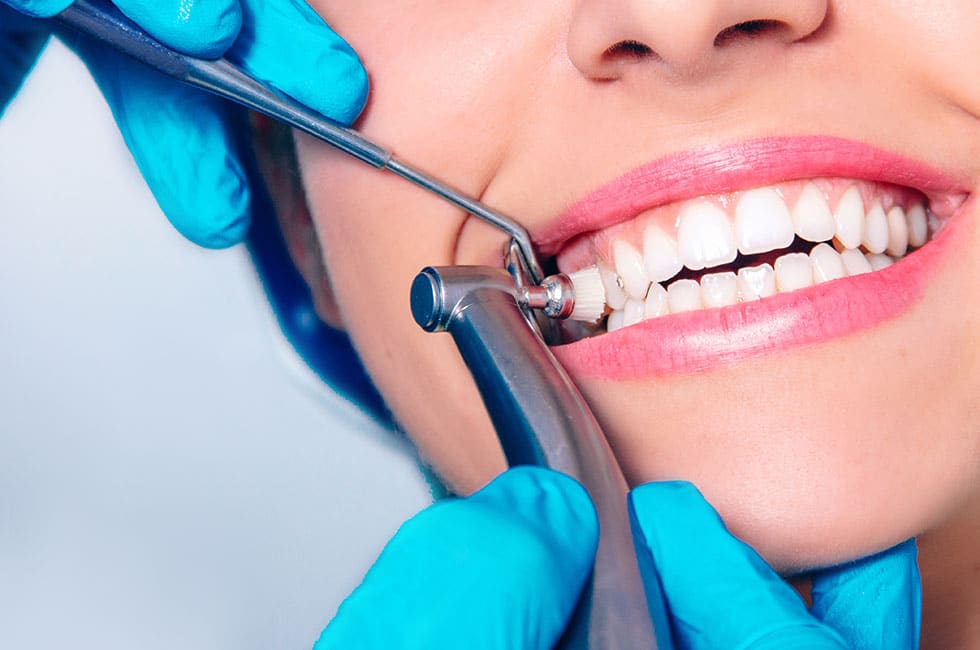Dental cleanings are by far one of the most dental common procedures completed each year. Dental cleanings are recommended twice per year to people around the world. With such a reoccurring expense, you may wonder how much does a dental cleaning cost? And more importantly, why do I even need one? In other words, what happens if you don’t get dental cleanings? That would be nice to know for you to determine the real value. In this article, I’ll answer you’re burning questions: how much is a dental cleaning without insurance and how much does a dental cleaning cost. The answer may surprise you.
What’s At Stake For Not Getting a Dental Cleaning?
A dental cleaning removes the harmful bacteria that linger around the gumline of the teeth. These pesky bacteria create a sticky film that adheres to the surfaces of the teeth and their roots. Bacteria are the primary cause of periodontal disease, caries, and yes, even bad breath.
Although you may be doing an excellent job brushing and flossing at home, most people are unable to remove all the bacteria, even if they are excellent brushers.
At first, the effects of skipping a dental cleaning probably will not be noticeable. However, over time, the bacteria begin to accumulate exponentially. The gums gradually become more inflamed, and the teeth are at a higher risk for dental decay.
If you look at the effects of skipping a dental cleaning for a year, it is not very noticeable. However, if you compare the effects of routine dental cleanings to forgoing them for 5 or 10 years, that’s when there are drastic differences.
Lack of routine dental cleanings and examinations can be the difference between minimal dental work needed compared to requiring a substantial amount of treatment to restore the teeth and gums.
What Does the Cost of a Dental Cleaning Include
After establishing as a patient, most routine dental visits are accompanied with an oral exam, and a professional dental cleaning. Periodically the dental visit will include x-rays of your teeth and jawbone, typically every year for the average patient. Each of these services is billed separately depending on what is required. Most patients are comfortable to complete a dental cleaning without pain, however, some people may elect for laughing gas or sedation if they have a history of sensitive gums or severe dental anxiety.
Here is what is involved in a dental cleaning:
- Step 1: Scaling: A dentist or the dental hygienist, will thoroughly remove debris, calculus, and plaque from the gum line of your teeth and between your teeth. The cleaning is completed using instruments called scalers and currettes. The scalers allow the dentist or dental hygienist to effectively remove the plaque from the teeth. The scalers may be hand instruments or they may be ultrasonic power scalers.
- Step 2: Flossing: The teeth are thoroughly flossed. The reasons for flossing at this point is two reasons. Flossing fine tunes the removal of any residual plaque between the teeth, and it helps to confirm any areas which need additional cleaning prior to finishing.
- Step 3: Polishing: The final step of a dental cleaning is polishing with a polishing paste and a handheld prophy disk. The polishing pastes helps to polish away any residual stains or films that linger on the teeth after the scaling.
Most patients are comfortable to complete a dental cleaning without pain, however, some people may elect for laughing gas or sedation if they have a history of sensitive gums.
How Much Does a Dental Cleaning Cost

Okay, you know the reasoning behind a dental cleaning and what it entails. Now let’s get to what you really want to know. How much is a dental cleaning?
A regular professional dental cleaning cost can range between $75-200.
Yes, I know, I hate when people give price ranges. The price will vary depending on the office. The two biggest factors that affect if your cost is on the high-end or low-end of the range is the experience/reputation of the dental team, and the geographic location. Metro areas tend to have a higher cost of living and rural areas tend to be a lower cost.
If are due for an exam with the dentist or x-rays, those services will be an additional cost depending on what is needed. But wait a second, before you go closing your computer and swearing off dental cleanings because of the cost. There’s one more point you need to understand. I didn’t answer your question yet.
So far I answered, How much is a dental cleaning without insurance?
The reality is that most dental insurance cover 100% of the costs of at least one cleaning a year and is most cases two. The dental insurance also usually covers the exam and x-rays as they are recommended. So that’s good news.
If you have dental insurance, you’re looking pretty good with having your dental cleanings mostly paid for. And if you don’t have insurance, you can certainly may consider if it’s better for your situation than paying out of pocket.
But that’s not all you need to know.
How much is a deep cleaning
There’s one more caveat you should know about the cost of dental cleanings.
There is something known as a deep cleaning, or also known as scaling and root planning. A deep cleaning is needed when the buildup is extensive, so extensive it’s creating periodontal disease. In this case, a deep cleaning may be recommended. A deep cleaning is typically done with local anesthesia to clean below the gumline.
A deep cleaning is a periodontal procedure. It may range from $300-3,000 depending on the extent of teeth involved and the degree of periodontal inflammation. Many insurance policies will cover some or all of a deep cleaning procedure if it is needed. If you are recommended for a deep cleaning, think of it as a way to help the gum health catch up so they can be more routine.
How Much is a Dental Cleaning: The Real Cost

The reality is that dental cleanings are an investment in your long term health.
If money is tight, it’s okay to take care of your priorities first. However, years should not go by. At some point, your oral health needs to become a priority. Here’s why.
We now know some pretty disturbing findings. The consequences poor oral health have detrimental effects on your overall health. The AARP organization released information that poor oral health for anyone 65 and older can increase their risk of:
- Heart disease by 180%
- Stroke by 300%
- Respiratory infection by 500%
And here’s where it could get really serious. Recently studies have found links of periodontal health to very concerning illnesses. Studies have shown periodontal disease as a risk factor for Parkinson’s disease, Alzheimer’s disease, and dementia. That’s pretty scary and quite a breakthrough for our understanding of neurology. Further research is ongoing to uncover more details of these links.
So in closing… think health, think oral health. Your future self may thank you for it.


